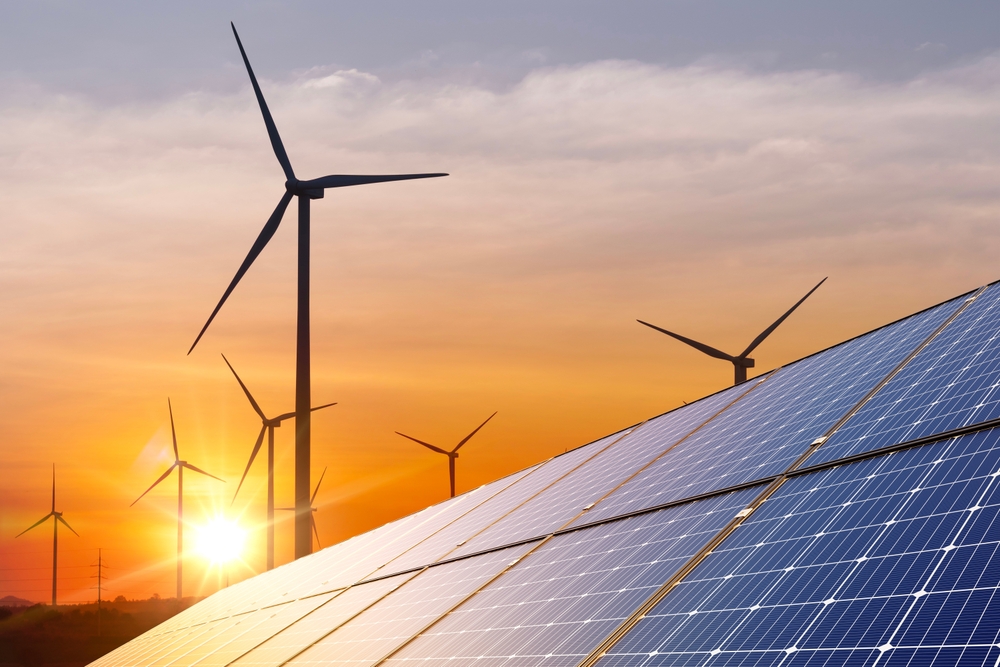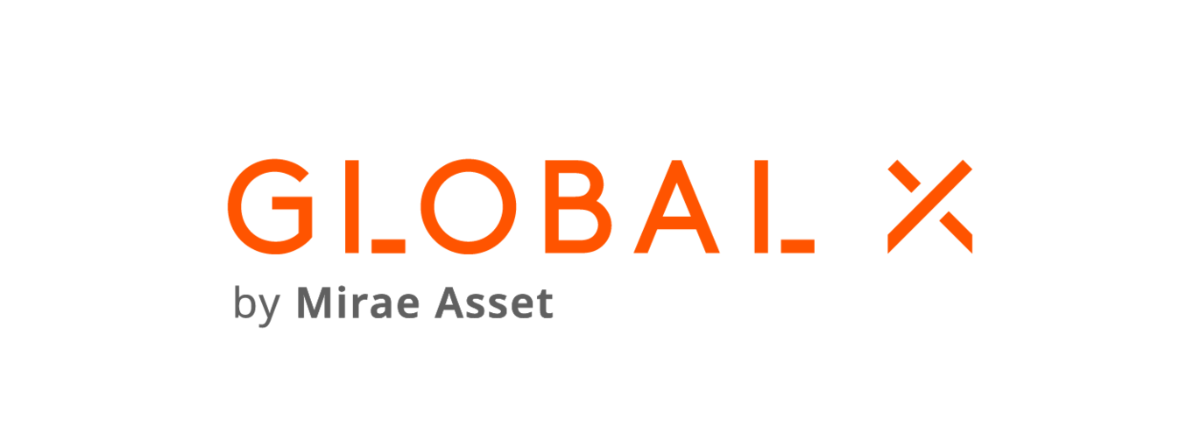In a year where interest rate hikes stole the headlines in the first eight months, rate-sensitive clean energy ETFs slumped, closely followed by China tech ETFs as the country struggled to shake off post-pandemic challenges.
Clean energy emerged as an underperforming megatrend, with substantial debt carried across companies in the sector making them highly sensitive to US interest rates which hit their highest level since 2001.
These challenges were further compounded by clean energy projects relying on borrowed capital for significant upfront investments, with borrowing costs soaring in 2023.
Meanwhile, China tech ETFs were also among the poorest-performing strategies last year, a market initially predicted by many to be successful in 2023 due to anticipated economic recovery from pandemic-related restrictions.
China tech-focused ETFs struggled to bring in returns for investors in light of a series of well-documented domestic challenges.
The world’s second-largest economy was plagued with geopolitical uncertainty, alongside battling deflation and an unstable property market, leading to the worst performing ETFs being littered with China tech ETFs.
Clean energy continues its struggle
Clean energy ETFs were stung by their sensitivity to interest rate hikes last year, with many renewable energy companies fixing their energy selling price at the beginning of their long-term contract, before projects commence.
The sector saw a surge in investment toward the end of 2020 due to the election of President Joe Biden promising to solidify the country’s commitment to switching to renewable energy sources.
Policies including the American Jobs Plan and Inflation Reduction Act have seen $470bn of tax credits allocated to the roll-out of renewable energy utilities and energy storage in the US.
However, 2023 told a very different story as the Fed's rate hiking cycle hit a 22-year peak last July, a significant impact on borrowing costs across the economy.
This sparked huge challenges for clean energy companies, which typically require substantial upfront funding.
Additionally, the realisation that the transition to clean energy is costly and not immediately profitable, especially in the context of a global cost of living crisis, has led to a revaluation of their value among investors.
On top of this, clean energy ETFs downfall in 2023 could in part be explained by markets pricing in the probability of a Donald Trump victory in the US elections next year.
The worst performing ETF in 2023 was the HANetf Electric Vehicle Charging Infrastructure UCITS ETF (ELEP), which plummeted 39.5%, closely followed by the Global X Hydrogen UCITS ETF (HYGG), which fell 36.6%.
Other clean energy ETFs that echoed the trend were the Global X China Electric Vehicle and Battery UCITS ETF (CAUG), finishing the year down 32.9%, and the Global X Solar UCITS ETF (RAYG) which dropped 32.8% over the 12 months.
It was a similar story for the iShares Global Clean Energy UCITS ETF (INRG), Europe’s largest thematic ETF. Despite achieving a remarkable 144.3% gain in 2020, buoyed by the election of Democratic President Joe Biden and his commitment to renewable energy, INRG slumped to a three-year low in August and finished the year down 20.5%.
Despite current challenges, the need for alternative energy solutions remains strong. With commitments from governments around the globe to net zero decarbonisation programmes, current valuations may present attractive opportunities for investors with longer-term strategies.
Trouble for China tech
Geopolitical tensions, deflationary pressures and property market troubles have given rise to a difficult year for China-tech ETFs.
Heightening political tensions, including fears of China's potential invasion of Taiwan, have led to speculation about China's exclusion from the global financial system, reminiscent of the situation triggered by Russia's invasion of Ukraine.
Additionally, trade tensions with the US, such as China banning government workers from using iPhones, were also major concerns for China, with Apple documenting plans to diversify its manufacturing operations.
Last July, China’s economy faced its first deflation since 2021, with consumer prices falling 0.3% year-on-year, and although August saw a minor rise in the Consumer Price Index, the economy remained shaky.
This fragility was underscored by cautious consumer spending and declining confidence in sectors like housing and travel, reflecting the ongoing impact of near-deflationary conditions.
Struggles specifically in China’s technology sector were seen when Biden revealed a long-awaited executive order restricting US investment in high-tech Chinese industries. These included quantum computing, semiconductors and artificial intelligence.
Biden’s restrictions have further intensified the domestic challenges the world's second-largest economy was already seeing, and China tech ETFs came out among the worst performers of 2023.
The worst performing ETF in this category was the Invesco MSCI China Technology All Shares Stock Connect UCITS ETF (MCTS) which fell 19%.
Following suit was the Xtrackers Harvest MSCI China Tech 100 UCITS ETF (XCTE), which returned -15.2% while the Amundi MSCI China Tech ESG Screened UCITS ETF (CC1G) and the UBS ETF Solactive China Technology UCITS ETF (CHTE) dropped 11.6%. and 11.2%, respectively.









